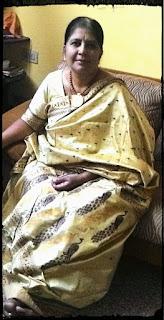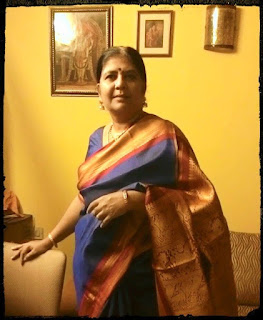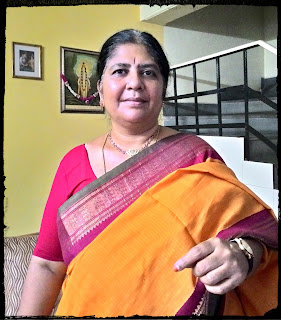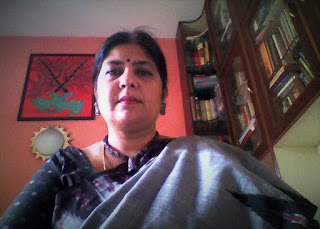Assam Muga
There are still many posts pending - but I am jumping in to
put out the latest just to establish the connection with the previous post
where I talked about Kanchi silk going to Kamakhya Devi. It was my second visit
to North East, and was thrilled to be going around Guwahati before heading to
Arunachal Pradesh for the BNHS camp at Namdapha. Tickets were booked five
months in advance even as my friend Anuradha and
I struggled to convince our families about the trip perceived
"risky". Travelling from west to east we find it difficult to come to
terms with the time difference. We thought we had a whole evening ahead to
visit a few temples at Guwahati as we landed at 1 pm. But, we barely managed to
see Brahmaputra and the Umananda that is in an island hillock. We were told
Sunday would be impossible to have darshan at Kamakhya. Monday morning we had
darshan at Kamakhya and in between we had managed to visit a rhino sanctuary at
Pobitara and a 6th century Hayagriv-Madhav temple at Hajo. We did not have time
to visit the silk looms at Sualkuchi. But, reserved our shopping stop on the
way back from Arunachal. Suala or som tree (is it the same as Pungai /
karanja?) is where the silk worms feed, making it glossy and long lasting.
Traditionally the muga was not dyed in colours as it was thought to be not fit
- but now we get muga dyed in bright colours too. Assamese still wear the three
piece mekala, but sarees are also used and woven regularly. So, we were lucky
to buy them in Guwahati on the last day of our stay there, from a small shop
recommended by our driver/guide. Lots of things have changed at Sualkuchi in
the last 100-yrs going by the limited history one read up on Wikipedia. But, we
still have large number of looms, and beautiful silks coming from there....it
is a labour intensive industry, do support by having at least one muga or
tussar from Assam in your collection.




Comments
Post a Comment